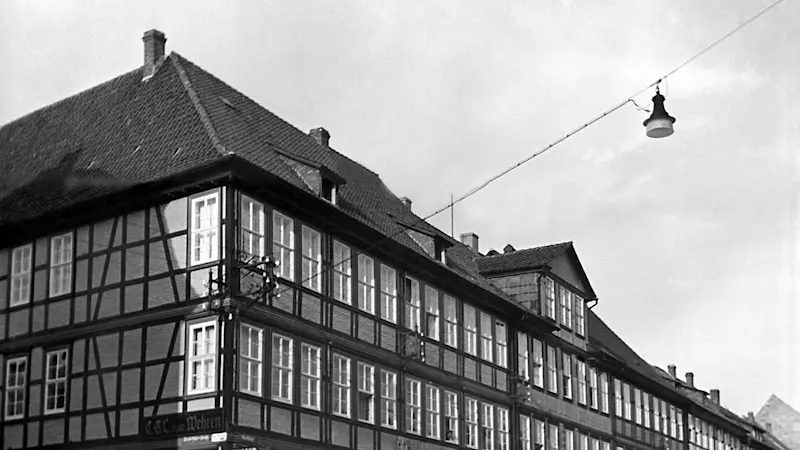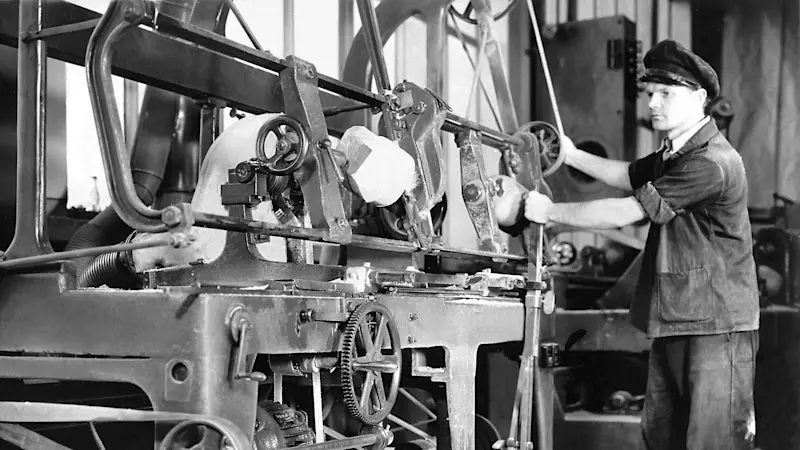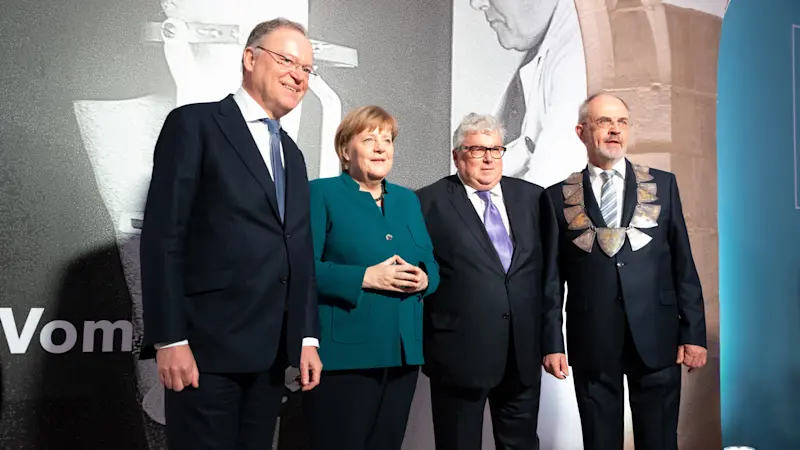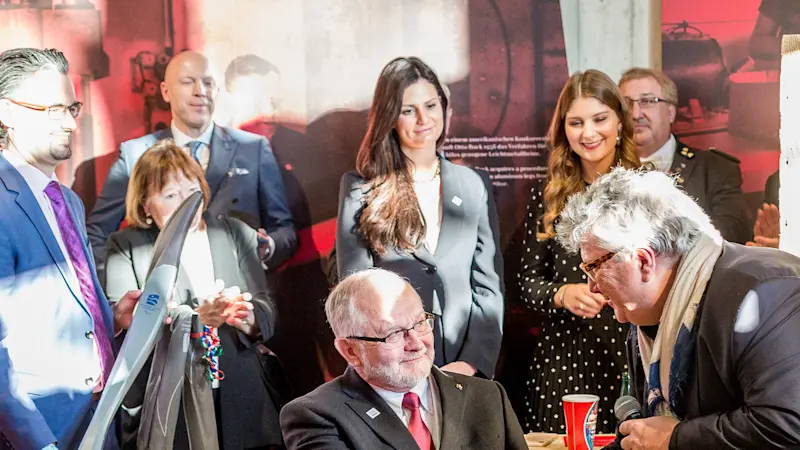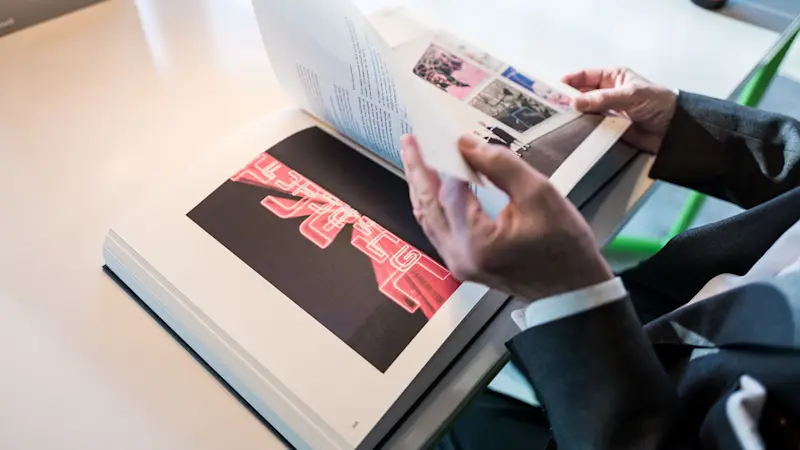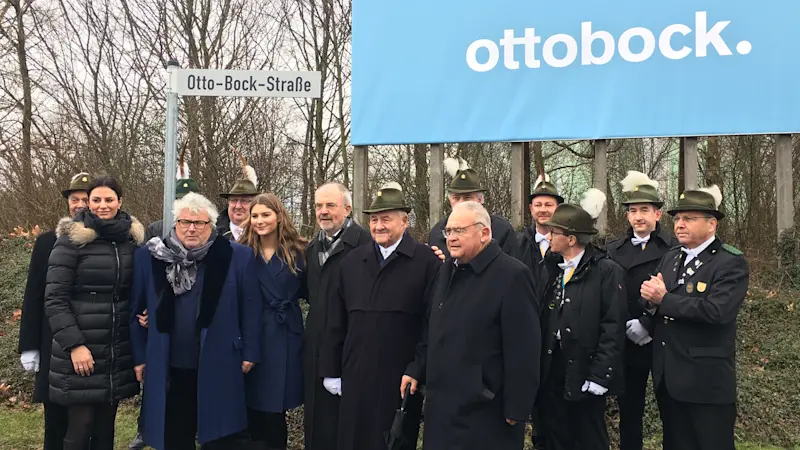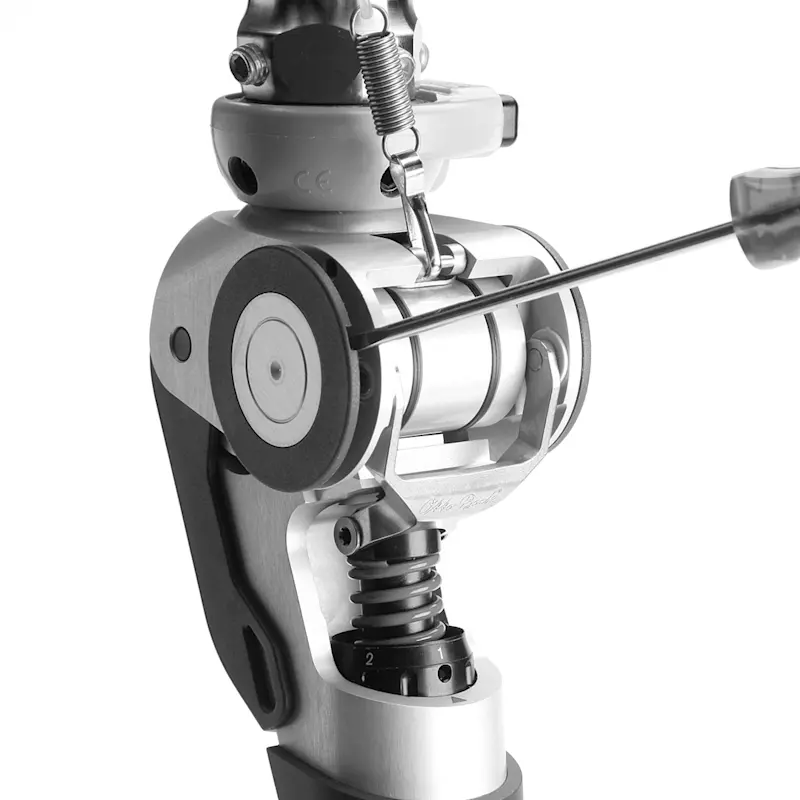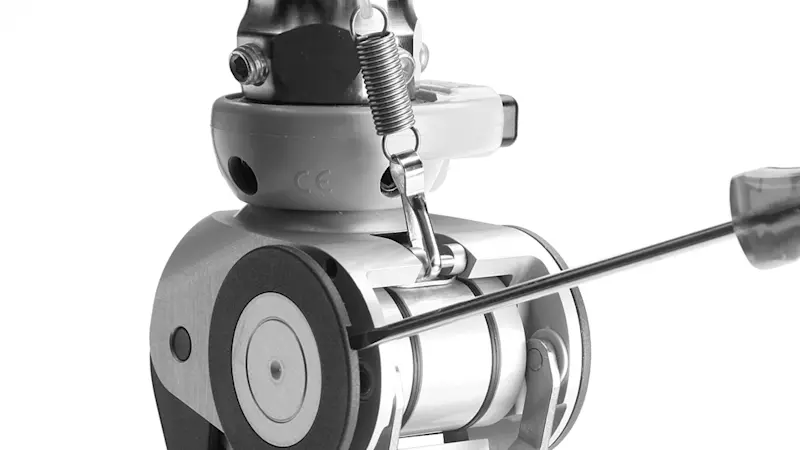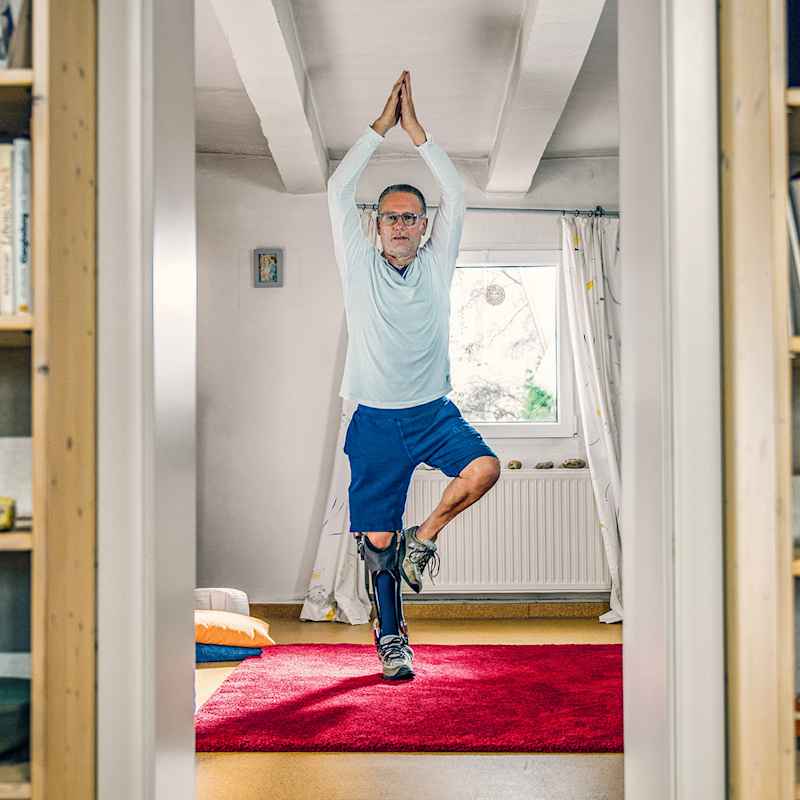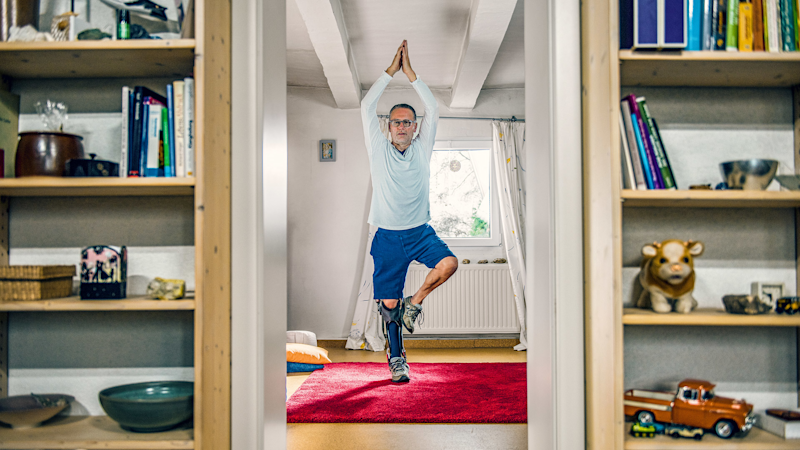100 years of mobility for people
It all began in 1919 with the founding of a startup by Otto Bock – but through the intervening years, it has fundamentally changed the field of orthopaedic technology.
From startup to global market leader
In 1919, Otto Bock founded Orthopädische Industrie GmbH – a bona-fide startup in today’s terms – in the Kreuzberg neighbourhood of Berlin. By introducing the fabrication of components for prostheses, the company succeeded in quickly and reliably treating the numerous victims who had returned from World War I.
Due to political unrest in Berlin, Otto Bock relocated the young company to his hometown, Königsee in Thuringia, the same year it was founded. Over the next 30 years or so, the company workforce grew to more than 600 employees.
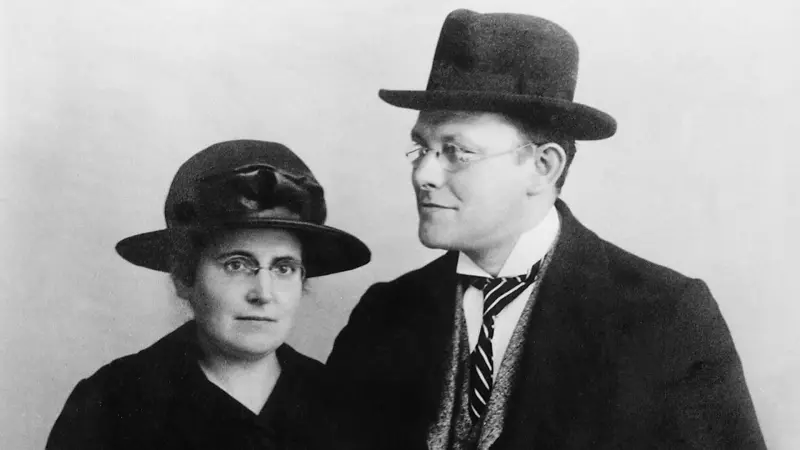
German separation: both an end and a beginning
During the period of Soviet occupation, the family decided to establish another location as close as possible to Königsee but in the neighbouring British zone for strategic reasons. The aim was to ensure ongoing deliveries to customers from this location by trading materials for finished products. Dr Max Näder was the founder of what was the “branch” at the time and is now the company headquarters. Son-in-law to Otto Bock, Dr Näder and his wife Maria Näder started in 1947 with practically nothing and built up the location in Duderstadt.
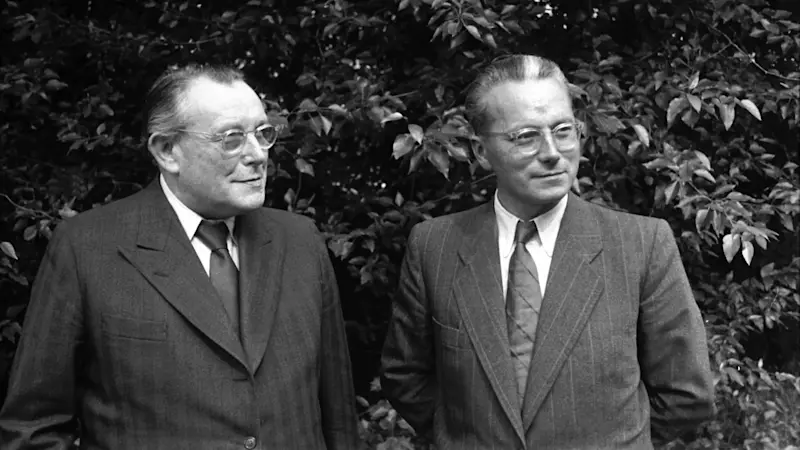
The Königsee location is expropriated
After what was probably the most severe misfortune in the company’s history, the expropriation of the Königsee site without compensation, the family also had to rebuild production in Duderstadt from the ground up together with a group of dedicated employees.
During the Cold War, the family took first steps towards internationalising the company. They secured the company’s future by establishing multiple locations around the globe. In 1958 Dr Max Näder founded the first Ottobock foreign subsidiary in Minneapolis in the US.
Ground-breaking technology
The beginning of a decades-long partnership
Four O&P professionals from Australia started the ball rolling when they provided technical assistance to athletes at the Summer Paralympic Games in Seoul 1988. This laid the foundation for a commitment that has now lasted more than three decades, and today is known under the motto “Passion for Paralympics”. Ottobock has been attending and supporting the Summer and Winter Paralympic Games with their technical service ever since.

A turning point in the company's history
The fall of the Berlin Wall was another turning point in Ottobock’s history. This enabled the company to repurchase its production location in Königsee, where cutting-edge wheelchairs are now produced. The group’s international growth also continued around the globe.
A forward-looking company
In 1990, Dr Max Näder handed over management to his son Professor Hans Georg Näder. The entrepreneur took a dynamic approach to expanding the global network, driving research and development as well as marketing and sales. He was appointed Honorary Professor of the PFH Private University of Applied Sciences in Göttingen in 2005.

